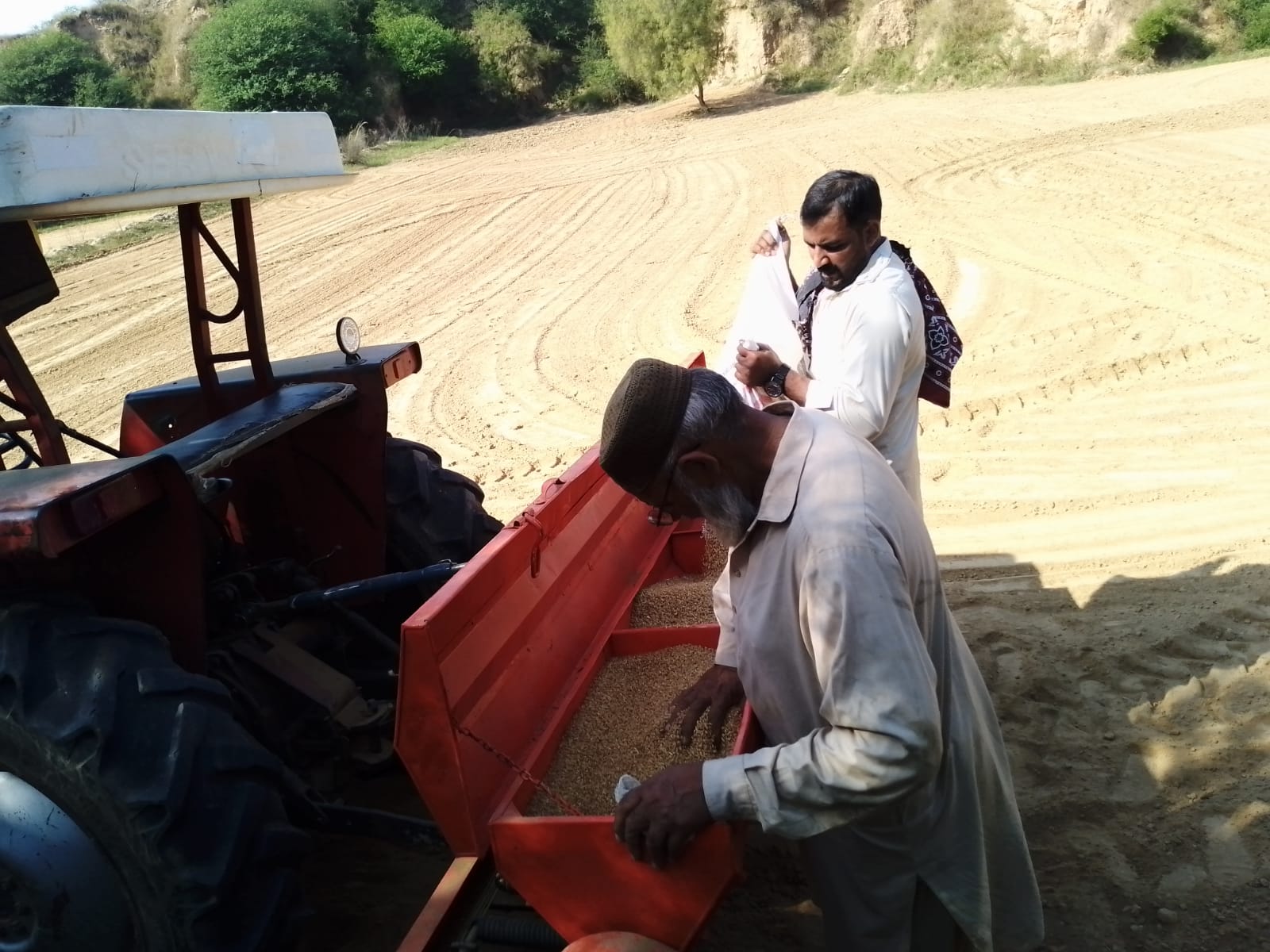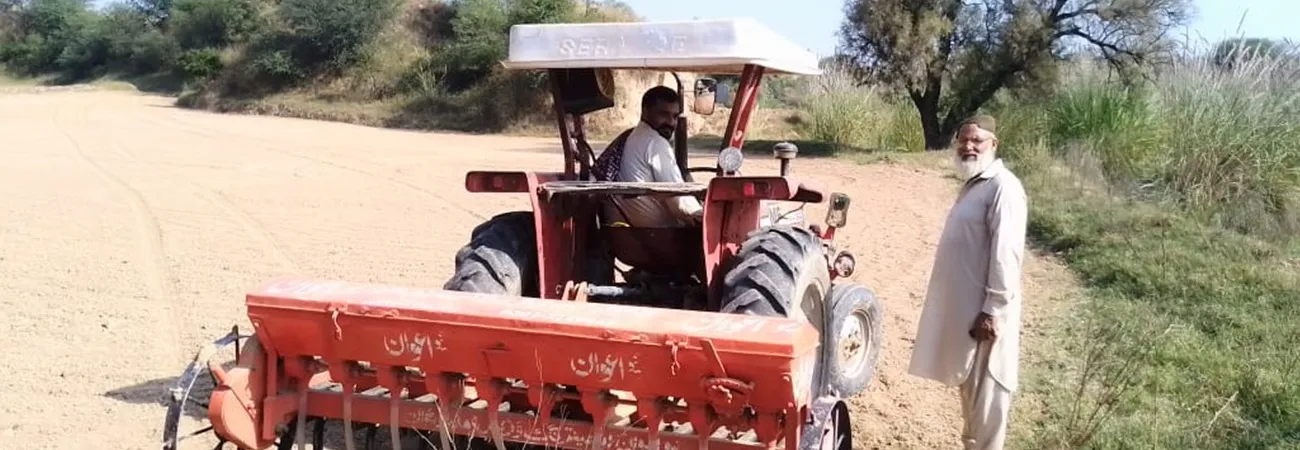i NEWS PAKISTAN
Wheat sowing has kicked off in the Barani (rain-fed) areas of Rawalpindi district, with farmers optimistic about a robust crop yield this season due to substantial recent rainfall. The Barani regions of the Potohar plateau, encompassing six tehsils of Rawalpindi, Gujar Khan, Taxila, Kahuta, Murree, and Kotli Satian rely entirely on rainfall for both Rabi and Kharif crops. Raja Muhammad Fayyaz, a progressive farmer from Data Bhatt village in Tehsil Gujar Khan, shared with this news agency that last year’s dry spell severely hampered wheat sowing efforts in the region. However, he expressed optimism for this season, stating,
“This year, most areas have received maximum rainfall, which will allow us to cover a larger area for wheat sowing.” He cautioned, however, that the sown wheat seeds could face risks if rains do not continue in the coming days. Despite the dependence on rainfall, Barani areas contribute significantly to Punjab’s agriculture, covering 18.6 percent of the province’s total cultivated land. Yet, these regions account for less than 10 percent of Punjab’s total crop output, underscoring the challenges of low productivity that continue to constrain national agricultural growth.
Last year, the Agriculture Department in Rawalpindi launched an extensive awareness campaign from November 15 to December 31, educating farmers on modern wheat production techniques. The initiative proved successful, with wheat sown over 334,000 acres in the district’s Barani areas during the last Rabi season. The region produced a bumper crop of 320,600 metric tons, achieving an average yield of 24 mounds per acre—a remarkable feat after several years. With favorable weather conditions this year, farmers in Rawalpindi’s Barani areas are hopeful for another successful wheat sowing campaign, potentially boosting the region’s contribution to Punjab’s agricultural output. However, the season’s success hinges on sustained rainfall in the weeks ahead.

Credit: Independent News Pakistan (INP)









